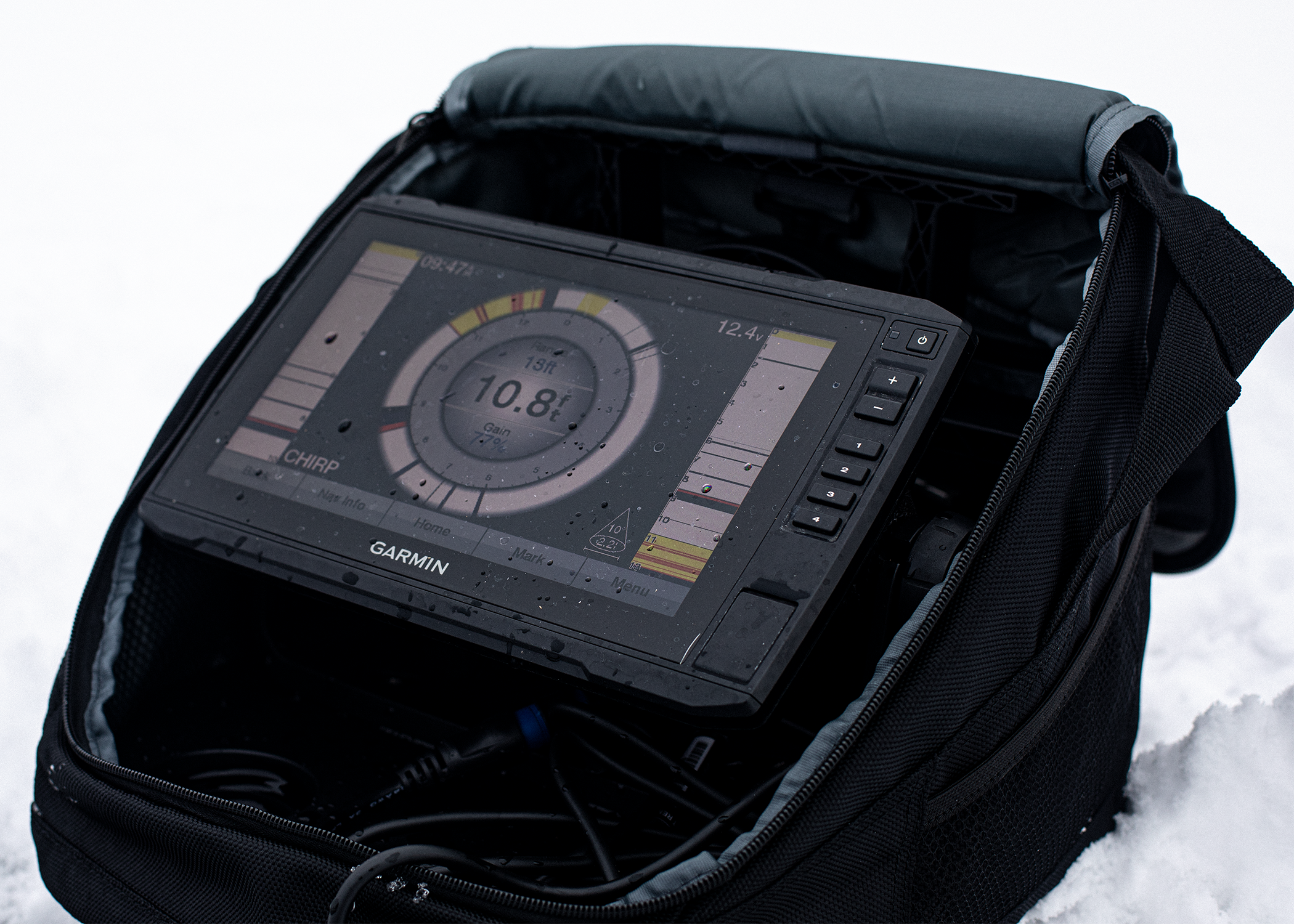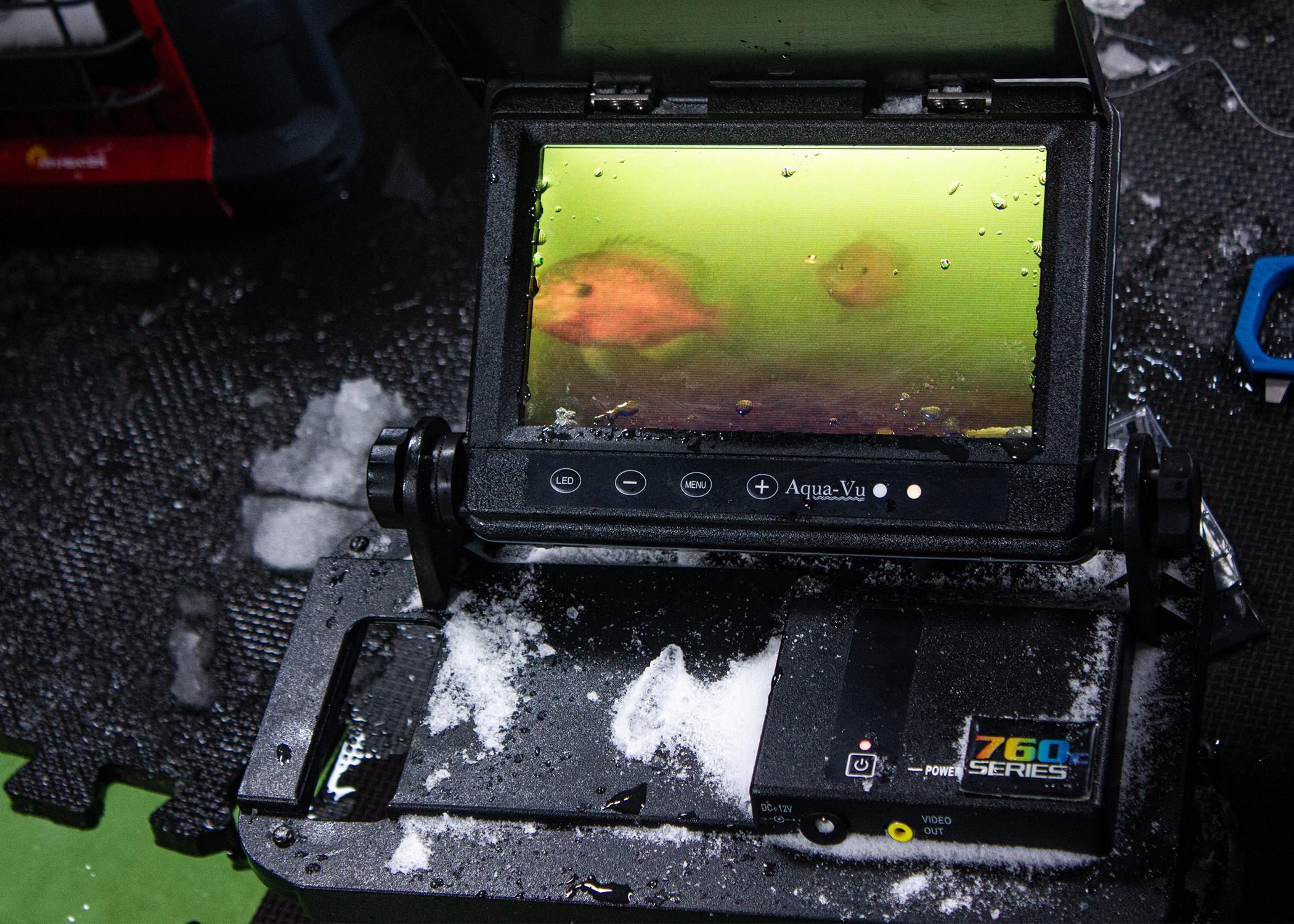Sonar vs. Underwater Cameras for Ice Fishing
Table of Contents
Sonar: Proven Performance Across All Conditions

Underwater Cameras: Visual Clarity and Fish Identification

Which One Is Right for You?
Final Thoughts
Shop Ice Fishing Tackle & Gear

